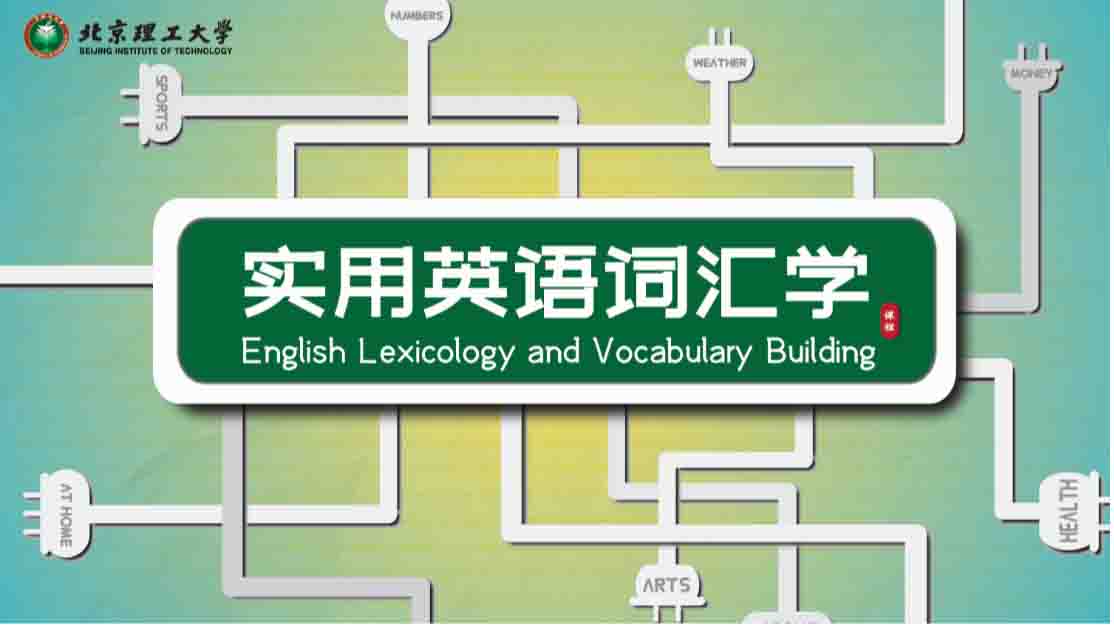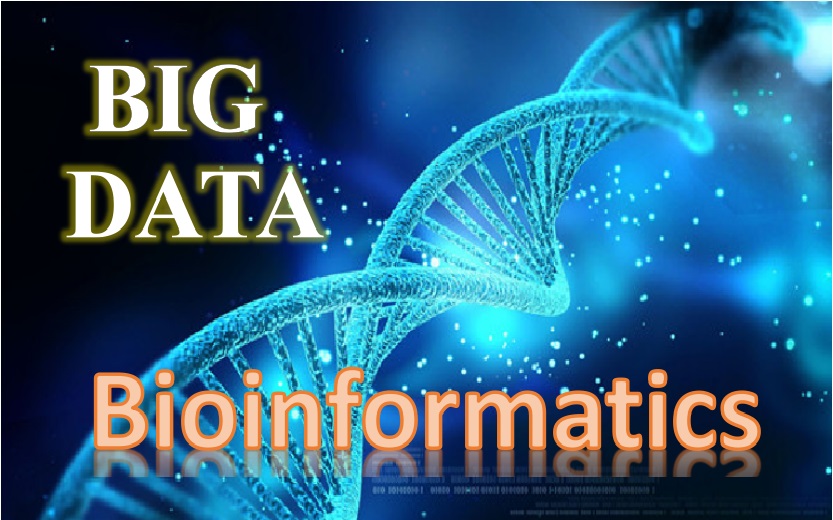
当前课程知识点:Personality and Mental Disorders—Be a Therapist of Your Own > Chapter 6 Emotion is Like Riding a Roller Coaster -- Bipolar Disorder > 6.2 Clinical Manifestations and Diagnosis of Bipolar Disorder > 6.2 Clinical Manifestations and Diagnosis of Bipolar Disorder
返回《Personality and Mental Disorders—Be a Therapist of Your Own 》慕课在线视频课程列表
返回《Personality and Mental Disorders—Be a Therapist of Your Own 》慕课在线视频列表
在上节课中
我们已经学习了双相障碍的概念与成因
双相患者既有躁狂发作又存在抑郁发作
其中抑郁发作的表现
与上章中
所提到的抑郁症的症状是一样的
因此在这里
我们将重点讲述躁狂发作的表现
躁狂发作的患者
一般存在所谓的“三高”症状
与抑郁症的三低正好形成鲜明的对比
即情绪高涨 思维奔逸和意志行为增强
有一部美国电影《永远的北极熊》
讲的就是一位有双相障碍的爸爸
独立肩负起照顾两个小女儿的重任
片中就呈现了躁狂发作的症状
下面我们结合影片
一起来学习躁狂发作的表现
第一个主要症状是情绪高涨
我们看一下影片
我们可以看到这位爸爸在回家的时候
非常热情主动和每个人打招呼
并且很主动要帮助别人做家务
非常轻松 愉快 热情 兴高采烈
我们再看片中其他人诧异的眼神
就能发现
他们觉察到这位爸爸异常的行为
以及兴奋的表情
第二个主要症状是思维奔逸
表现为思维联想速度的加快
我们看
我们可以看到
片中的爸爸言语增多
高谈阔论 滔滔不绝
会明显感到说话的速度
就像和思想赛跑一样
而且带有夸大的成分
第三个主要表现是意志行为的增强
即精神运动性兴奋
我们再看一段视频
我们可以看到他活动增多
睡眠需要减少
终日奔波而不知疲倦
并且当要求得不到满足时就很容易激惹
控制不住地与人发生争执甚至打架
轻躁狂症状与躁狂症状很相似
只是在症状的严重程度
和社会功能损害水平上
未达到躁狂症状的程度
多数轻躁狂患者不承认自己有病
将自己的症状描述得很轻并拒绝治疗
而且患者会喜欢这种轻躁狂状态
享受轻躁狂的愉快体验
但与患者接触比较多的人
如亲戚 朋友或者同事就能发现
患者在轻躁狂时期的表现
与平时是不一样的
那我们怎么来区分轻躁狂和躁狂呢
以下三点可有助于轻躁狂与躁狂的鉴别
轻躁狂患者发作时间持续为4天
但不超过一周
且没有精神病性症状
而且患者的社会功能损害不严重
基本不影响或者轻微影响
工作 生活或者学习
一般不需要住院治疗
但是患者的病情持续发展
如果不治疗
就可能从轻躁狂转为躁狂发作
双相障碍存在多种分类
根据DSM5可以分为双相I型 双相II型
环性心境障碍和双相障碍的未特定型
要诊断为双相I型障碍
患者必须符合至少1次躁狂发作
或者混合性发作
存在异常并持续的情感高涨
自夸或易激惹的情绪至少持续1周
通常有多次重度抑郁发作
这里简单介绍一下混合性发作
是指躁狂发作时
伴有三个及以上的抑郁特征
在抑郁发作时
存在三个及以上的躁狂特征
若有至少持续4天的轻躁狂发作
并且至少1次重度抑郁发作
但从未有过躁狂发作
则诊断为双相II型障碍
还有一种情况是
长达两年以上的时间内
抑郁发作和轻躁狂发作交替出现
但其严重程度均达不到躁狂发作或者
重度抑郁发作的标准
这时候会被诊断为环性心境障碍
还有一些非典型的双相障碍
比如抗抑郁药物
或者精神活性物质诱发的轻躁狂
就被归类为双相障碍未定型
临床当中
较常见的是双相I型障碍和双相II型障碍
下面就根据DSM5
来给大家详细介绍这两者的诊断标准
双相I型障碍
必须符合躁狂发作的诊断标准
在躁狂发作之前或之后
可以有轻躁狂或抑郁发作
那怎么才能诊断躁狂发作呢
首先从时间上要持续至少1周时间
几乎每一天的大部分时间里
有明显异常的心境高涨 活动增多
或者精力旺盛
如果住院治疗则可短于1周
并且在这段时间内
须至少符合下述3项症状
程度上足以导致显著的社交
或者职业功能的损害
或者必须住院以防止伤害自己或他人
或者存在精神病性的特征
并且这些症状不能归因于
某种物质的生理效应或者其他躯体疾病
这些标准就构成了躁狂发作
而诊断为双相I型障碍的患者一生中
必须至少有1次躁狂发作
而双相II型障碍则必须符合
轻躁狂发作和重性抑郁发作的诊断标准
在前面我们提到过
轻躁狂与躁狂发作
在症状表现上基本相似
只是症状程度较轻且持续时间上至少4天
但不超过一周
如果达到一周就可以诊断为躁狂发作
并且在严重程度上
和社会功能损害水平上
都低于躁狂症状的程度
在临床诊断中
有什么工具检查可以帮助筛查出躁狂症状
从而早期识别双相障碍吗
首先是心境障碍问卷 MDQ
它是根据DSM5标准制定的
用于诊断广泛的双相谱系障碍患者的
自评筛查量表
共有13个问题
如果出现 7个及以上问题回答为是
即为筛查阳性 高度怀疑双相障碍
另一个筛查工具是32项轻躁狂症状清单
简称HCL32
由32项轻躁狂症状组成
可以用于筛查轻躁狂
有14个及以上问题条目回答为是
即为筛查阳性
高度怀疑曾有轻躁狂发作
使用以上的量表具有快速 客观的优点
但量表只作为诊断辅助工具之一
并不能作为诊断依据
所以有些人单凭自己在网上填的问卷
结果是不能诊断的
需要去专业的精神医疗机构就诊
全面系统地评估
而且需要进行全面的精神检查
以及身体检查
如脑部磁共振扫描 内分泌检查
排除大脑和内分泌异常
所导致的躯体或者器质性疾病
才能得出诊断
把这两个量表我们将作为拓展资源
大家课后可以进行详细了解
最后 让我们总结一下本次课程的内容
我们学习了双相障碍的临床表现
以及临床分型
重点描述了躁狂发作
最典型的“三高”表现
情绪高涨 思维奔逸和意志行为的增强
我们还学习了双相障碍的诊断与评估
并了解了临床诊断中的常用症状量表
分别是MDQ和HCL32
大家可以课后进行测试学习和留言
并观看电影《永远的北极熊》
充分理解双相障碍的表现
我们下节课再见
-1.1 Character = Temperament = Personality? NO!
--1.1 Character = Temperament = Personality? NO!
--1.1PPT
--1.1Test
--1.1Expand Resources 《Rorschach Ink Test and Freud》
-1.2 Characteristics of Personality
--1.2 Characteristics of Personality
--1.2PPT
--1.2Test
-1.3 Is Personality Measurable?
--1.3 Is Personality Measurable?
--1.3PPT
--1.3Tesst
-Unit 1 Test
-2.1 Personality Traits and Personality Disorders
--2.1 Personality Traits and Personality Disorders
--2.1PPT
--2.1Test
-2.2 Types of Personality Disorders
--2.2 Types of Personality Disorders
--2.2PPT
--2.2Test
-2.3 Can Personality Disorders are Treated?
--2.3 Can Personality Disorders are Treated?
--2.3PPT
--2.3Test
--2.3 Expand Resource 《What is Dialectical Behavior Therapy (DBT) in Psychotherapy》
-Unit 2 Test
-3.1 Characteristics and Diagnostic Criteria of Mental Disorders
--3.1 Characteristics and Diagnostic Criteria of Mental Disorders
--3.1PPT
--3.1Test
-3.2 Symptomatology of Mental Disorders
--3.2 Symptomatology of Mental Disorders
--3.2PPT
--3.2Test
-3.3 Treatment Options for Patients with Mental Disorders
--3.3 Treatment Options for Patients with Mental Disorders
--3.3PPT
--3.3Test
-Unit 3 Test
-4.1 Mental Retardation
--4.1PPT
--4.1Test
-4.2 Autism
--4.2PPT
--4.2Test
-4.3 Attention Deficit Hyperactivity Disorder
--4.3 Attention Deficit Hyperactivity Disorder
--4.3PPT
--4.3Test
-4.4 Twitch Disorder
--4.4PPT
--4.4Test
--《How to Carry out Psychological Rescue in Epidemic Situation》
-Unit 4 Test
-5.1 Concept and Causes of Depression
--5.1 Concept and Causes of Depression
--5.1PPT
--5.1Test
-5.2 Clinical Manifestations and Diagnostic Evaluation of Depression
--5.2 Clinical Manifestations and Diagnostic Evaluation of Depression
--5.2PPT
--5.2Test
-5.3 Treatment of Depression
--5.3PPT
--5.3Test
-5.4 Women and Depression
--5.4PPT
--5.4Test
-Unit 5 Test
-6.1 Concept and Pathogenesis of Bipolar Disorder
--6.1 Concept and Pathogenesis of Bipolar Disorder
--6.1PPT
--6.1Test
-6.2 Clinical Manifestations and Diagnosis of Bipolar Disorder
--6.2 Clinical Manifestations and Diagnosis of Bipolar Disorder
--6.2PPT
--6.2Test
-6.3 comorbidity and Differential Diagnosis of Bipolar Disorder
--6.3 comorbidity and Differential Diagnosis of Bipolar Disorder
--6.3PPT
--6.3Test
-6.4 treatment of Bipolar Disorder
--6.4 treatment of Bipolar Disorder
--6.4PPT
--6.4Test
--《Self-identification and management of bipolar disorder in epidemic situation》
-Unit 6 Test
-7.1 What is Schizophrenia?
--7.1PPT
--7.1Test
-7.2 Clinical Manifestations and Symptoms of Schizophrenia
--7.2 Clinical Manifestations and Symptoms of Schizophrenia
--7.2PPT
--7.2Test
-7.3 Assessments of Diagnosis and Prognosis of Schizophrenia
--7.3 Assessments of Diagnosis and Prognosis of Schizophrenia
--7.3PPT
--7.3Test
-7.4 Treatment and Rehabilitation of Schizophrenia
--7.4 Treatment and Rehabilitation of Schizophrenia
--7.4PPT
--7.4Test
--Film Analysis of《A Beautiful Mind》
-Unit 7 Test
-8.1 Uncover Obsessive-Compulsive Disorder
--8.1 Uncover Obsessive-Compulsive Disorder
--8.1PPT
--8.1Test
-8.2 Diagnosis and Differentiation of OCD
--8.2 Diagnosis and Differentiation of OCD
--8.2PPT
--8.2Test
-8.3 Treatment of OCD
--8.3PPT
--8.3Test
-Unit 8 test
-9.1 What is Anxiety Disorder?
--9.1 What is Anxiety Disorder?
--9.1PPT
--9.1Test
-9.2 Diagnosis and Comorbidity of Anxiety Disorders
--9.2 Diagnosis and Comorbidity of Anxiety Disorders
--9.2PPT
--9.2Test
-9.3 Treatment of Anxiety Disorder
--9.3 Treatment of Anxiety Disorder
--9.3PPT
--9.3Test
--《Cognitive Behavioral Therapy for Anxiety Disorders》
-Unit 9 Test
-10.1 Classification and Causes of Phobias
--10.1 Classification and Causes of Phobias
--10.1PPT
--10.1Test
-10.2 Diagnosis and Differentiation of Panic Attacks
--10.2 Diagnosis and Differentiation of Panic Attacks
--10.2PPT
--10.2Test
-10.3 Treatments of Panic Attacks
--10.3 Treatments of Panic Attacks
--10.3PPT
--10.3Test
-Unit 10 Test
-11.1 Concepts and Clinical Manifestations of Eating Disorders
--11.1 Concepts and Clinical Manifestations of Eating Disorders
--11.1PPT
--11.1Test
-11.2 Diagnosis and Differential Diagnosis of Eating Disorders
--11.2 Diagnosis and Differential Diagnosis of Eating Disorders
--11.2PPT
--11.1Test
-11.3 Treatments of Eating Disorders
--11.3 Treatments of Eating Disorders
--11.3PPT
--11.1Test
-Unit 11 Test
-12.1 Insomnia Disorder
--12.1PPT
--12.1Test
-12.2 Obstructive Sleep Apnea Syndrome
--12.2 Obstructive Sleep Apnea Syndrome
--12.2PPT
--12.2Test
-12.3 Other Sleep-Wake Disorders
--12.3 Other Sleep-Wake Disorders
--12.3PPT
--12.3Test
-Unit 12 Test
-13.1 Post-Traumatic Stress Disorder
--13.1 Post-Traumatic Stress Disorder
--13.1PPT
--13.1Test
-13.2 Stress Disorder
--13.2PPT
--13.2Test
-13.3 Treatments of Trauma and Stress-Related Disorders
--13.3 Treatments of Trauma and Stress-Related Disorders
--13.3PPT
--13.3Test
-Unit 13 Test
-14.1 Etiology and Clinical Manifestations of Alzheimer’s Disease
--14.1 Etiology and Clinical Manifestations of Alzheimer’s Disease
--14.1PPT
--14.1Test
-14.2 Diagnoses and Differential Diagnosis of Senile Dementia
--14.2 Diagnoses and Differential Diagnosis of Senile Dementia
--14.2PPT
--14.2Test
-14.3 Prevention and Treatment of Senile Dementia
--14.3 Prevention and Treatment of Senile Dementia
--14.3PPT
--14.3Test
-Unit 14 Test
-Final Exam


